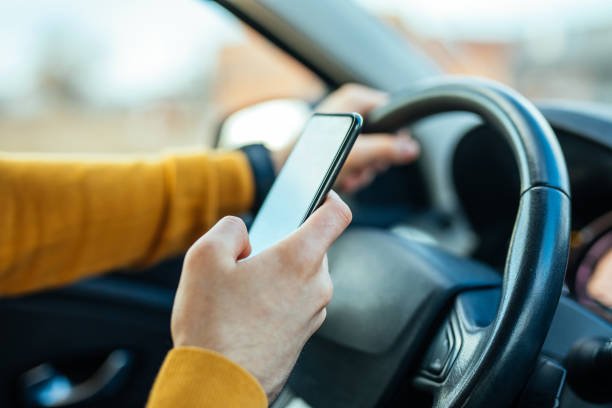What does it mean that Florida’s Texting While Driving Law is a Primary Offense?
Florida is renowned for its sun-kissed beaches, tropical environment, and diverse wildlife. However, its busy roads, teeming with locals and tourists alike, have unfortunately also seen a rise in accidents due to distracted driving. Recognizing the urgency of this situation, Governor DeSantis signed a bill making texting while driving a primary offense. But what does this entail for the daily driver? Let’s break it down.
What does it mean that Florida’s Texting While Driving Law is a Primary Offense?
Florida’s designation of texting while driving as a primary offense means that law enforcement officers now have the authority to pull over and ticket motorists exclusively for texting behind the wheel. Previously, texting while driving was a secondary offense, indicating officers could only issue citations for this violation if the driver was first pulled over for another, primary infraction like speeding. In essence, under the new law, if an officer observes a driver texting, that action alone is a sufficient basis for a traffic stop and potential citation.
Understanding Primary vs. Secondary Offenses
In legal terms, when a law is designated as a “primary offense,” it means law enforcement officers can pull you over and ticket you solely based on that specific violation. Prior to this bill, texting while driving was a secondary offense in Florida. This meant that to receive a citation for texting, you first had to be pulled over for a different primary violation, like speeding or running a red light. However, the recent legislation shift implies that if an officer sees you texting while you’re behind the wheel, that alone is sufficient reason for them to pull you over.
More Than Just Texting
The law’s reach goes beyond just texting. It encompasses messaging, emailing, and basically any form of typing on a mobile device. This paints a broader stroke in defining what activities are considered distracting while driving.
Moreover, the law also takes special precaution around vulnerable areas. The use of handheld wireless communication devices is strictly prohibited in school crossings, school zones, and roadwork zones unless it’s an emergency. Thankfully, for those who rely on technology, hands-free operations remain permissible.
What’s the Cost of Texting and Driving?
Breaking the law doesn’t come cheap. If you’re caught texting while driving for the first time, you can expect a $30 fine plus court fees. A repeat offense will cost you double, with a $60 fine, court costs, and other associated fees. Furthermore, it also means three points on your driving record. If you happen to be caught texting in school or construction zones, even if it’s your first time, you can expect additional license points.
However, there is a silver lining for first-time offenders. You can purchase hands-free Bluetooth devices, show your proof of purchase, and take a “Driver Safety Education” course to evade fines and license penalties.
Navigating the Fine Lines
While the law is stringent on texting, it does provide leeway for certain mobile activities. Drivers can still use their phones or similar devices for navigation through apps like Maps or GPS. Making phone calls and reading crucial emergency messages, like weather alerts, remain permissible. The key distinction here is that the activity should not divert your attention in a manner that texting does.
Final Thoughts
The roadways are a shared space, and every driver has the responsibility to make it safe for everyone. Florida’s move to make texting while driving a primary offense is a commendable step towards reducing accidents due to distractions. It sends a clear message: safety first, texting can wait. As we embrace this law, it’s essential to remember that the few seconds you might save by sending a text on the move might cost someone their life.





